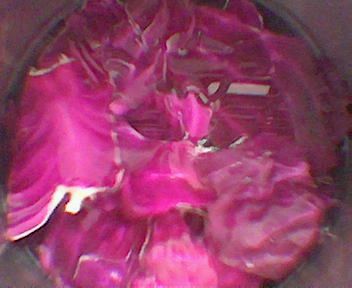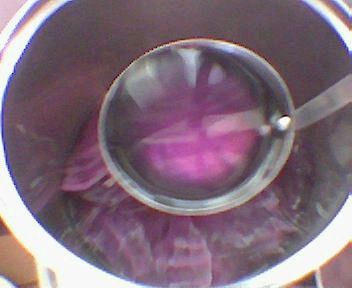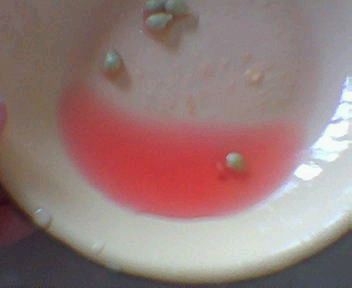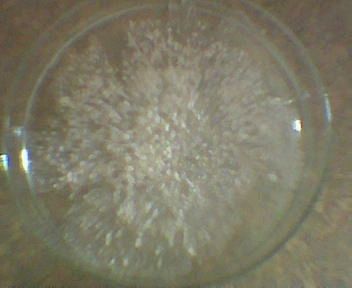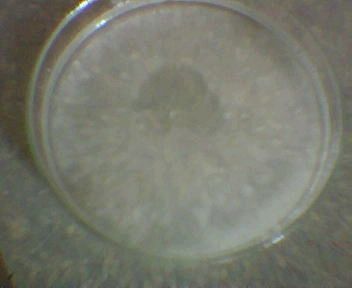I've read an online science article about the ozones level in the world as in those produced by human activities which is formed when sunlight interacts with emissions from cars and power plants - such as nitrogen dioxide - and is generated in greater quantities when air temperatures are high.
Here's is part of the extract:
Death records for 95 US cities - representing about 40% of the population - over 14 years. They found that a person is 0.52% more likely to die on a given day when ozone levels during the previous week rose by 10 parts per billion. That figure is slightly higher - 0.64% - when the researchers looked only at deaths due to cardiovascular and respiratory problems.
If ozone levels were decreased by 10 ppb, about 4000 lives would be saved each
year in these 95 urban centres.
"Ozone is clearly a problem, particularly for those that spend a lot of time outdoors, for those exercising, for asthmatics, and maybe others," says Bart Ostro, chief of the air pollution epidemiology unit at the California Office of Environmental Health Hazard Assessment in Oakland, US. "Moving to ever-cleaner cars and controlling some of the large stationary sources of nitrogen dioxide, such as power plants, are important steps."
Bell agrees: "There are a lot of things we can do on an individual basis, such as taking the bus to work or carpooling. We can also look at the exposure to ozone - if high ozone levels are anticipated, people can stay indoors or not exercise outdoors.""
